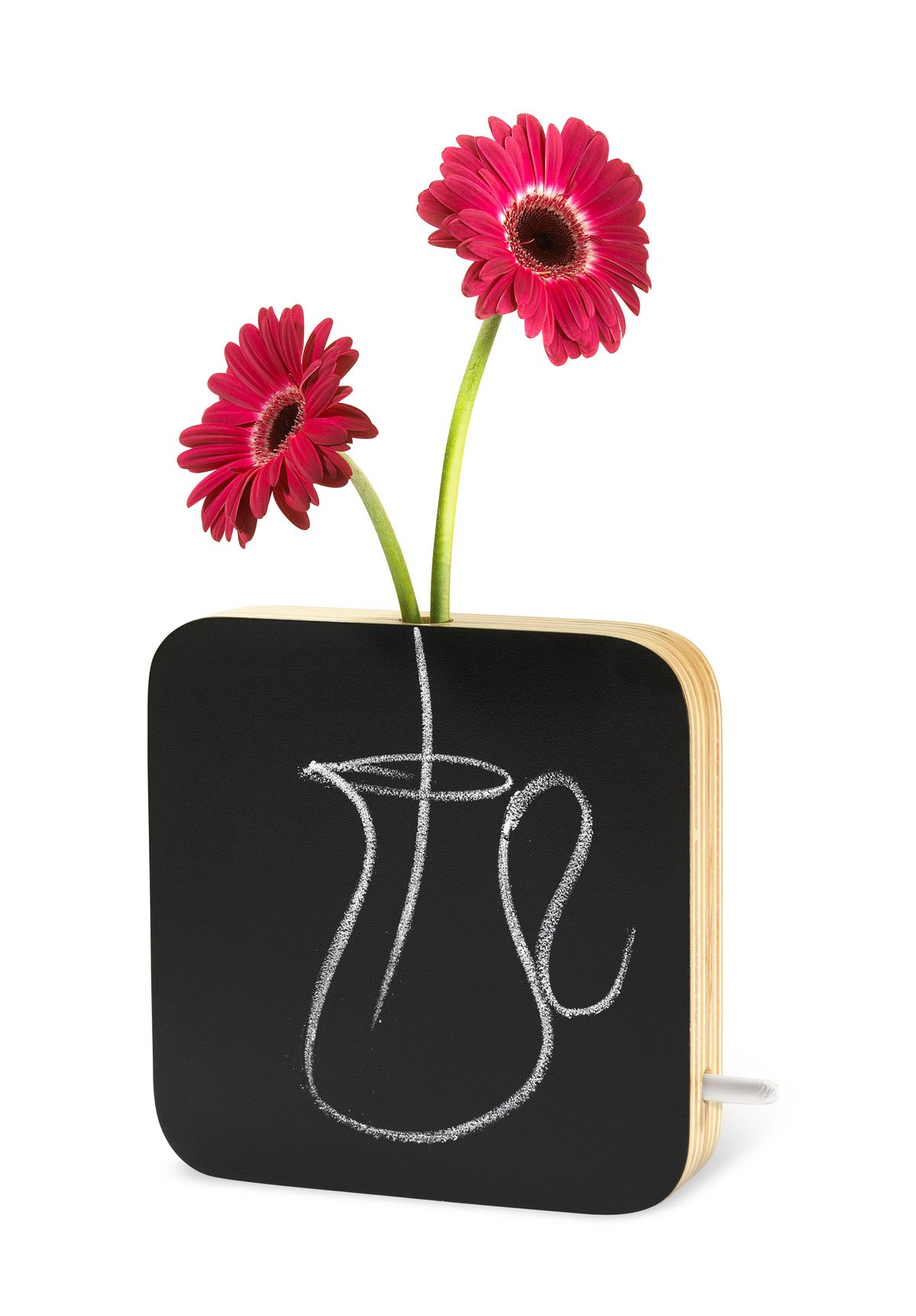the grace of a VASE
Drawing inspiration from nature, navigation and sources in between, these decorative vessels are much more than just flower holders

We’ve been picking flowers and sticking them in containers for thousands of years.
The early Egyptians did it, as did the Chinese: Feng Shui guidelines for creating harmony in a home suggest placing vases of fresh-cut flowers throughout the dwelling to relieve stress, and increase productivity and creativity. Ikebana, the 600-year-old art of Japanese flower arranging, became a craft of high regard, with a spiritual element.
Today, artisans, designers and even florists continue to dream up interesting new vessels.
New York City-based floral designer Matthew Robbins has created a simple line of vases for Teroforma that takes some of the guesswork out of flower arranging. Each vase – Bud, Cutting, Bouquet, Branch – describes what works best in it, and each is crafted of the same neutral white bisque porcelain, with a subtle yet referential etched motif. ( www.teroforma.com)
“We wanted to create a line of vases that provided a perfect visual anchor for fresh flowers. Clean shapes and surfaces are wonderful; they keep the focus on the flowers,” says Robbins.
The Museum of Modern Art’s store offered several interesting vases at this spring’s design preview in New York. French design team Charlotte Arnal and Francis Fevre’s Zouzous vase is a polycarbonate receptacle enrobed in a shaggy coat of colorful polypropylene bristles.
Also at the MoMA store, Charlie Guda perches a narrow vial in front of a small yet powerful lens to magnify a single flower. Guda created the Big Bloom vase as homage to 18th-century French physician Augustin-Jean Fresnel, who invented a lens to enhance the brightness of lighthouse lanterns and contributed to naval navigation safety. And Ricardo Saint Clair’s playful chalkboard-faced vase gives you a surface to add an image or a message, and comes with chalk. ( www.momastore.org)
Bliss Home and Design has an array of ceramic vases with textural elements that add drama: The Pompon vase is festooned with white balls; the Sea Sponge is made of layers of glazed clay resembling ocean sponge, and Monkey Paw is made of dozens of iridescent ceramic blooms. ( www.blisshome anddesign.com)
Toronto-based design outfit Chive has decided to focus solely on vases. At the NY Now show in February, their booth was abuzz with buyers placing orders for Pooley 2, a cluster of glazed ceramic bud vases affixed to a slab, as well as the Hudson 4 collection of clear glass vessels in configurations ranging from simple single shapes (such as a hanging egg) to conjoined vases that form caterpillar or bubbles. A porcelain bird vase in gray, white, blue or black seems to rest on the flowers or greenery placed in a receptacle at its feet. ( www.chive.com)
Waterford’s Evolution series has some striking examples of artisanal glasswork. The Menagerie Trinidad vase interprets the markings of a graceful ocelot, while the Nairobi invokes the bold stripes of a zebra. The Agate vase was inspired by the colors and concentric bands of quartz agate. ( www.macys.com)
Ikea’s Socker vase is an enameled steel-and- eucalyptus-handled bucket of diminutive proportions, so flowers displayed in it have the look of a European flower market. Ikaprig is a stoneware cylinder with a homespun aesthetic. ( www.ikea.com)